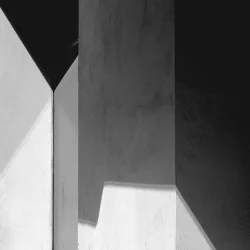One of my most favourite projects is the “Synergy Effects” series - a project that deals with photography collages.
What do I like so much about this series and collages more generally? First, I like that you need to think beyond individual pictures. Oftentimes, collages are made in a rather unsystematic way. Many of us know the “Top 9” of year X on Instagram and similar collages. I enjoy retrospective views on uploaded works, but collages like the “Top 9” are based on the number of likes or comments (or both) of the corresponding photographs. They are usually not arranged together because of their visual relatedness.
Collages become much more appealing to me when they are put together in a more systematic way. By systematic I mean that the author has put thought into the arrangement of the pictures. This can be done by matching colors, patterns, moods, or a variety of other parameters.
Second, I like the way how thinking in collages changes the way you think about photo subjects. If you see and take a picture, you do not only think about the subject as a stand-alone capture, but how it could fit to other photographs that are already in your collection or that you may take in the future. This can change the value, the beauty that you may see in a photograph quite dramatically. A somewhat boring picture can become key to complement a collage that you have in mind.
Lastly, I like the idea to create something unique. There are many architecture photographers out there and its not rare to see a photograph of the same subject that has been captured in a slightly different way. By combining pictures, your work gains uniqueness, because its unlikely, if not impossible, that a photographer has captured the same pieces and has arranged them in a similar way as you have done it.
Although experimenting is a key element to create a collage (at least when I am doing it), there are some tips on how to start. First, it may help to watch out for features that are shared among pictures. For example, windows, façade elements, or shadows can be similar across photographs and may provide an anchor for your collage. It is also helpful to think about colour combinations. Which colours go well together? How to contrast colors in an optimal way? Have a look at works from the De Stijl movement (e.g., Piet Mondrian, Theo van Doesburg) to get a feeling for colour.
Happy experimenting!





